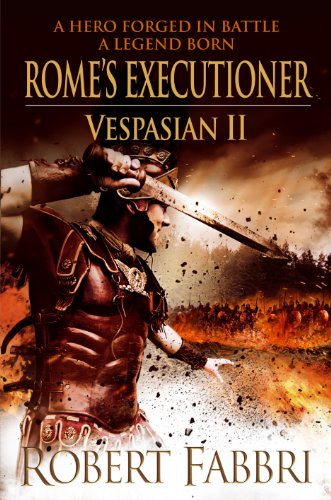Rome’s Executioner: Vespasian II
Rome’s Executioner, set in AD 30, is the second novel in a saga narrating the rise of Vespasian in the Roman world. Vespasian, very much a pawn in politics at this point, is tasked with extracting a witness to wrongdoings linked to Sejanus (prefect of the Praetorian Guard and a threat to Emperor Tiberius). He must take the witness on a dangerous voyage from Thracia to Rome, not knowing who is friend or foe.
Fabbri balances politics and action to make the novel truly historical fiction, rather than simply adventure. The action is tense and gripping, and there are moments when the author convinces us that Vespasian’s life is in danger, even though we know that he will survive. Another thing he does well is to make the distinction between equestrian (middle class) and patrician (upper class) by having his characters use the class distinctions of modern English.
Vespasian comes across as a likeable character, but not as a hero. He is just a pawn to Lady Antonia, an evil character who relishes the deaths of political rivals, threatens Vespasian’s uncle, and kills her own daughter (this is not essential to the plot), all of which is justified by the Roman feeling of dignitas. However, the relationship between Vespasian and his brother, Sabinus, comes across as jovial banter rather than hatred as is intended. Perhaps the biggest disappointment is that the novel fails to live up to the standards of the first book in the series.
Nonetheless, I would recommend this book to anyone who enjoyed the first book, and to anyone who has not read it, I recommend that they do so. Meanwhile I am looking forward to the third instalment of the saga.










